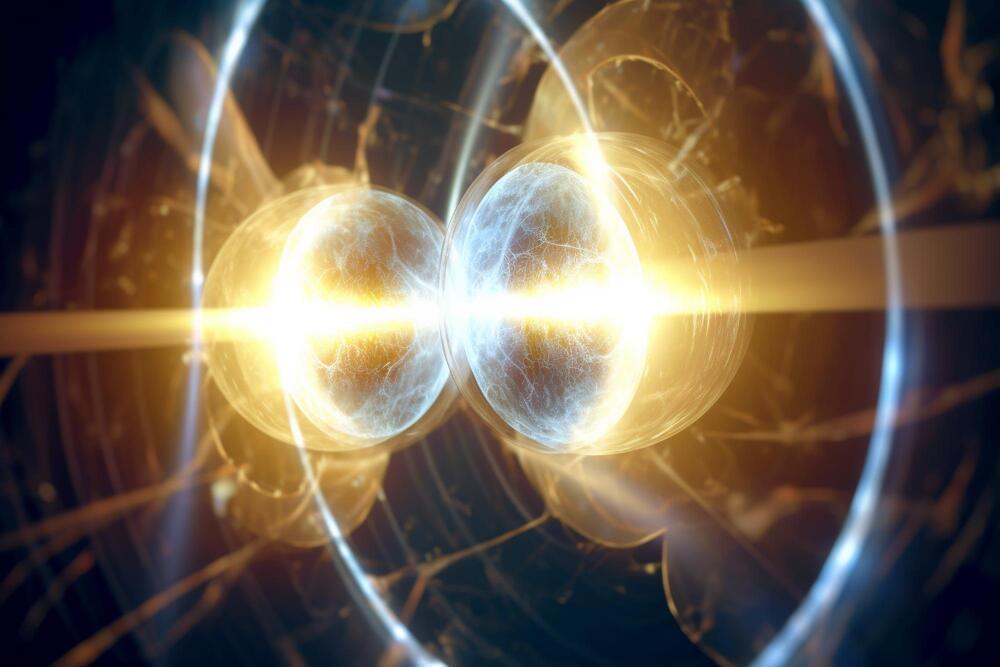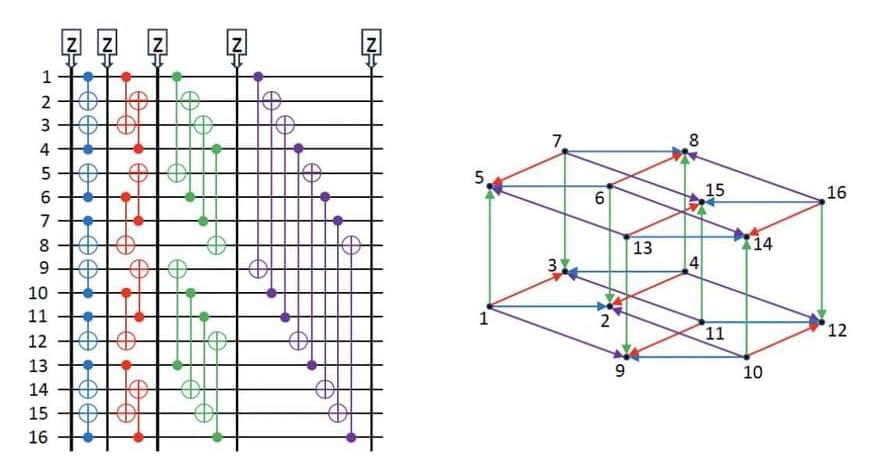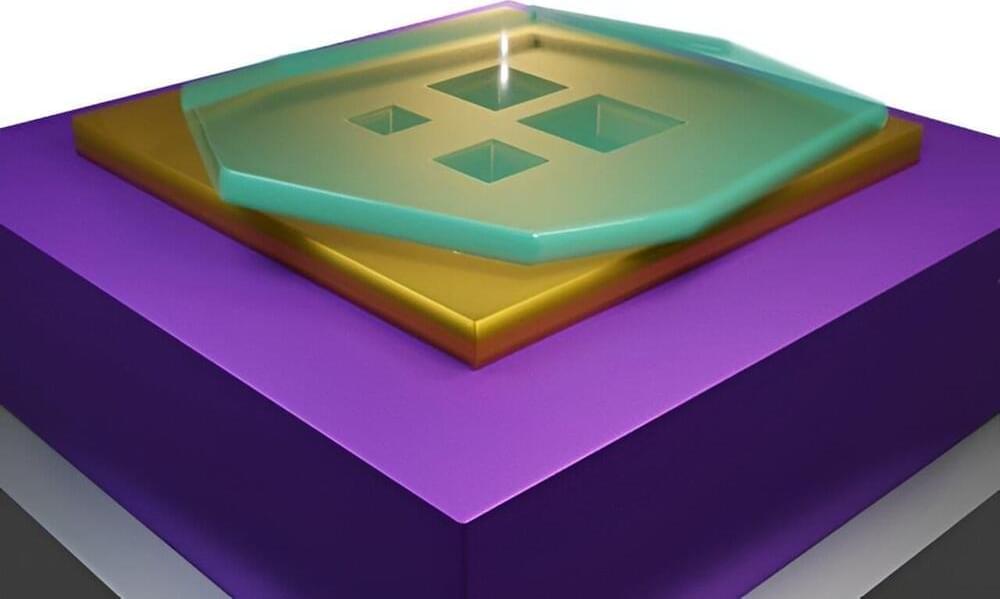Feb 8, 2024
Quantum materials: A new state of matter with chiral properties
Posted by Paul Battista in categories: biotech/medical, quantum physics
An international research group has discovered a new state of matter characterized by the existence of a quantum phenomenon called chiral current. These currents are generated on an atomic scale by a cooperative movement of electrons, unlike conventional magnetic materials whose properties originate from the quantum characteristic of an electron known as spin and their ordering in the crystal.
Chirality is a property of extreme importance in science, for example, it is fundamental also to understand DNA. In the quantum phenomenon discovered, the chirality of the currents was detected by studying the interaction between light and matter, in which a suitably polarized photon can emit an electron from the surface of the material with a well-defined spin state.
The discovery, published in Nature, significantly enriches our knowledge of quantum materials in the search for chiral quantum phases and on the phenomena that occur at the surface of materials.

















